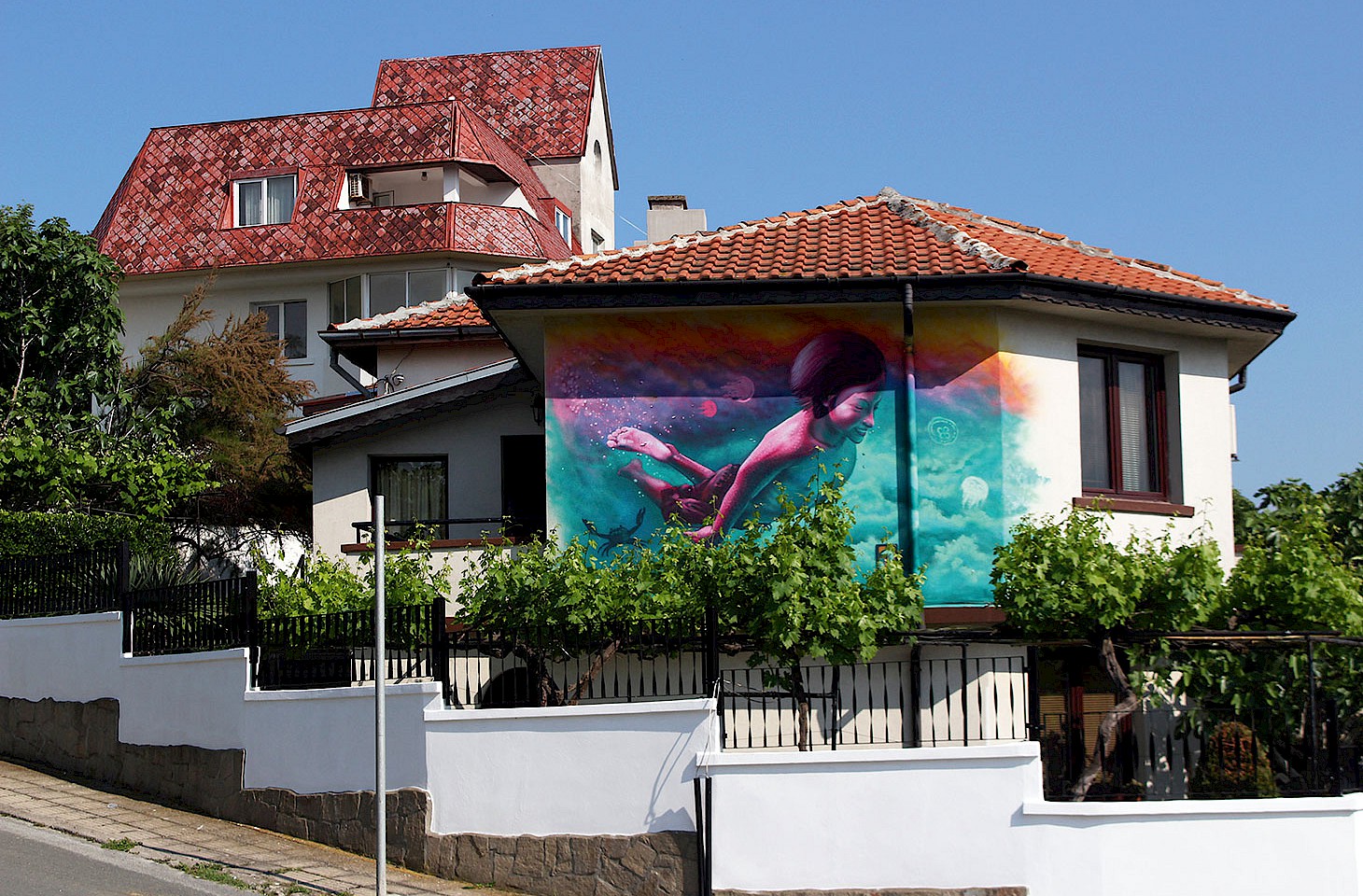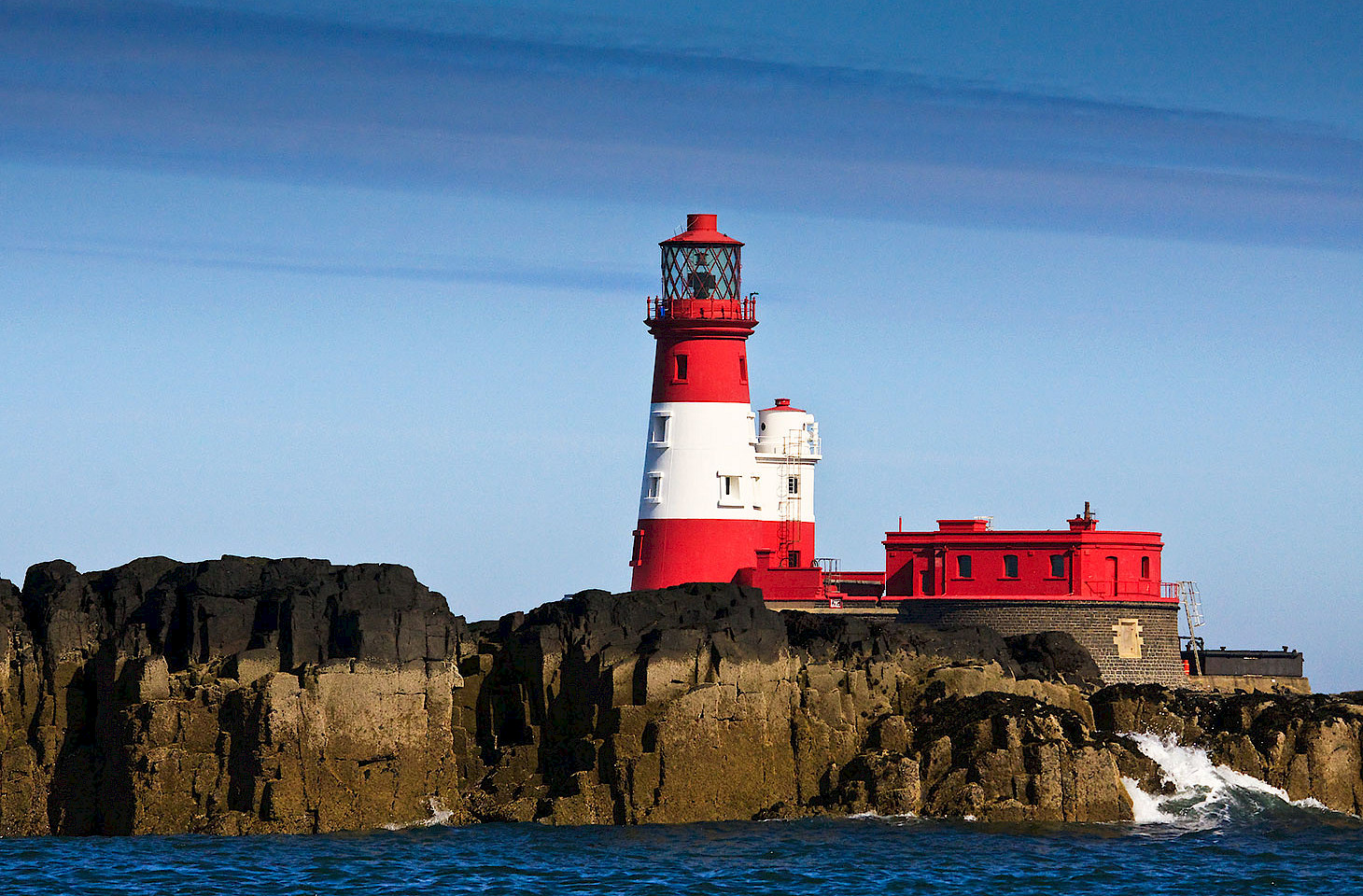Dear fellow travellers
We have always had mixed feelings about zoos, so it was with some diffidence that yesterday morning we set out to visit our local zoo here in Berlin. "The largest number of species of any zoo in the world," boasts Berlin Zoo in its publicity, inviting us to believe that variety is a great virtue. Does not the secret of the perfect bouquet lie in a limited range of flowers brought together in an agreeable composition? Zoos evidently work on the Noah principle, namely that there is merit in having samples of everything.
The human fascination for animals slips only subtly into cruelty. Dante Gabriel Rossetti wept at the death of his pet wombat. The creature had spent much of its life tucked inside a lamp on the poet's desk. Rossetti's house in Chelsea was a miniature zoo, much to the concern of the poet's neighbours on Cheyne Walk who would peer over the garden fence to watch Rossetti's kangaroo, his racoon or his zebu.
Being a kangaroo in a leafy London garden was perhaps not a bad life. But what of the lions that until the early nineteenth century were on display in the Tower of London? Samuel Pepys wrote of a visit to the Tower in 1660. In those days, young lion cubs would be allowed out to play in the lawns beside the Lion Tower, ensuring a steady stream of visitors who would let their children pet the wild cats.
Animals are always good for raising income, so English royalty naturally charged an admission fee when Londoners visited the Lion Tower. In 1729, the entrance charge was one and a half pennies, but the fee was waived if the visitors brought along a dog or cat that might be fed to the lions. The animals on display were not limited to lions. A docile elephant was ever popular with Londoners, though perhaps the source of the animal's sleepy temperament was in his diet that included a daily allowance of a gallon of wine.
Europe's zoos developed from small ventures to become the systematic zoological collections found today in cities large and small across the continent. Modern sensibilities are affronted by the idea that humans were sometimes displayed alongside animals in zoos. The great German zoo pioneer, Carl Hagenbeck, sent his explorers up the Nile in search of wild animals and Nubians. The latter were a great success among visitors to German zoos, and Hagenbeck realised that there was good money to be made from exhibiting humans. He imported men and women from Polynesia, Lapland and Greenland too.
Our idea as to what constitutes acceptable practice in zoo management has varied greatly through time. Hagenbeck may be reviled for his ideas about human zoos but he gets a lot of credit for getting animals out of cages into more open enclosures, often using moats to separate animals from onlookers.
Animal management practices that might be judged as being perfectly acceptable in some parts of Europe are seen as utterly wrong elsewhere. Britain took an early lead in banning dolphinaria, yet there are still several on the continent. Move east across Europe and, although dancing bears are no longer commonplace, you will still find restaurants, night clubs and bars which offer a caged bear as a not very tame distraction. We know one restaurant in Ukraine that has a bear and a wolf next to each other in very small cages at the entrance to the establishment. Such wanton disregard for animal welfare makes a well managed and attractive zoo seem like a very civilised spot.
Nicky Gardner and Susanne Kries
(editors, hidden europe magazine)




